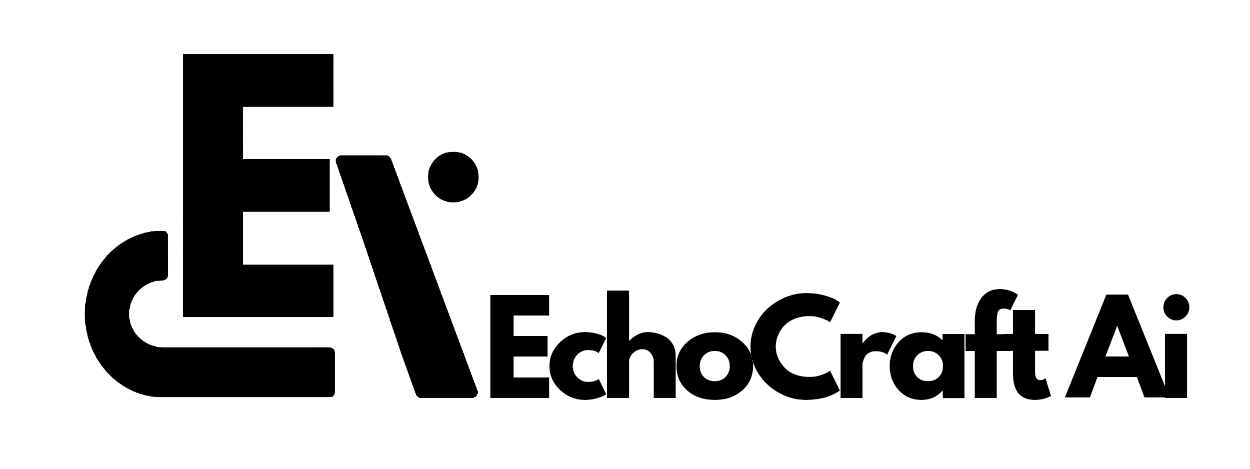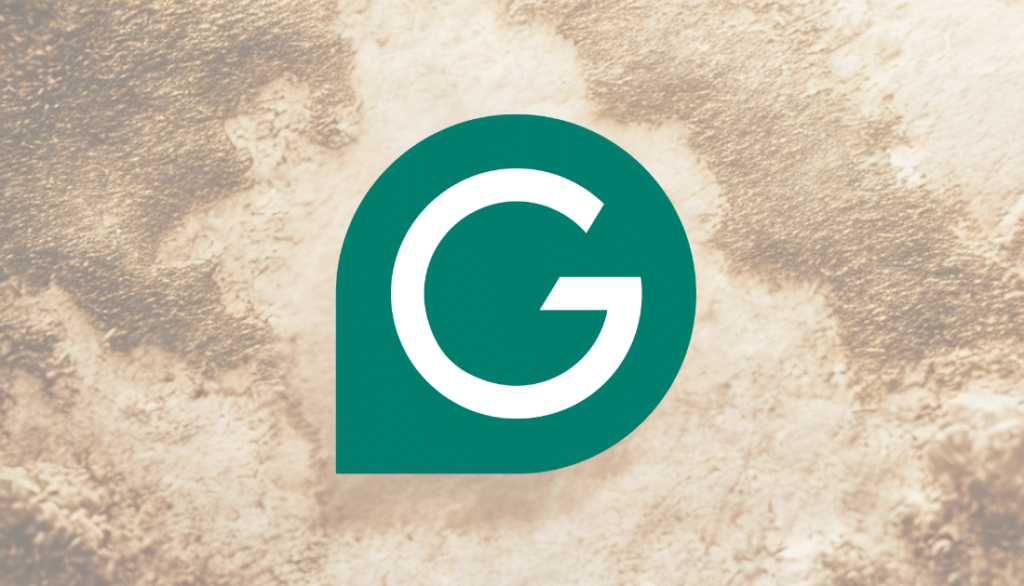Grammarly has introduced a major product update featuring a redesigned document-based interface, new AI-driven tools, and expanded use cases for both students and professionals.
Highlights
- Redesigned Interface: Grammarly now offers a block-based writing experience, enabling tables, columns, headers, and rich text elements within documents.
- Integrated AI Sidebar: A persistent assistant provides real-time suggestions, summaries, and Q&A support as users write.
- New AI Agents: Tools like Reader Reactions, Grader, Citation Finder, Paraphraser, and Proofreader expand it’s role beyond editing.
- Academic Support: Built-in plagiarism and AI-content detection tools aim to promote transparency for students and educators.
- Free Access: Most AI agents are available to both Free and Pro users, strengthening Grammarly’s competitiveness in the EdTech space.
- Institutional Focus: Detection tools will extend to Enterprise and Education accounts later in 2025, reflecting a shift toward institutional adoption.
- Strategic Growth: Following acquisitions (Coda, Superhuman) and a $1B funding round, Grammarly is positioning itself as a full productivity and learning platform.
The refresh builds on its acquisition of productivity startup Coda last year, signaling Grammarly’s shift from a writing assistant to a broader productivity and learning platform.
A Block-Based Writing Experience
The new interface takes a block-first approach, allowing users to insert tables, columns, separators, lists, and headers directly into their documents. Rich text blocks let writers highlight key information, add context, or present alerts in a structured format.
A persistent sidebar integrates Grammarly’s AI assistant, which can summarize text, answer questions, and provide real-time writing suggestions.
New AI Tools for Students and Professionals
Grammarly is rolling out several AI-powered agents to support different writing needs,
- Reader Reactions: Simulates feedback from different audience personas (e.g., professor, client, manager) to anticipate questions or misunderstandings.
- Grader: Evaluates writing against course rubrics and guidelines, offering students a clearer sense of how their work may be received.
- Citation Finder: Automatically generates references from public sources for academic writing.
- Paraphraser: Helps adjust tone or reframe text for clarity and purpose.
Grammarly now includes plagiarism detection and AI-content detection tools. Luke Behnke, VP of Enterprise Product, acknowledged the limitations of AI-detection models but described Grammarly’s as among the most accurate available.
The stated goal is to give students transparency into how their work might be flagged, rather than to penalize them.
Free Access to AI Agents
Most of Grammarly’s new AI agents—including Grader, Reader Reactions, Citation Finder, Paraphraser, and Proofreader—are available to both Free and Pro users at no extra cost. This positions Grammarly competitively against higher-priced EdTech tools.
Support for Educators and Institutions
Plagiarism and AI detection features are currently available for Pro accounts, with plans to expand to Enterprise and Education users later this year. This reflects Grammarly’s growing focus on institutional adoption.
Preparing for an AI-Driven Future
The update underscores Grammarly’s goal of helping users balance the benefits of AI with responsible usage. The company has emphasized a commitment to AI literacy, describing it as an essential skill alongside traditional writing abilities.
Following its recent acquisition of email client Superhuman and a $1 billion funding round led by General Catalyst, the company is expected to expand its suite of AI-powered productivity tools in the coming months.


